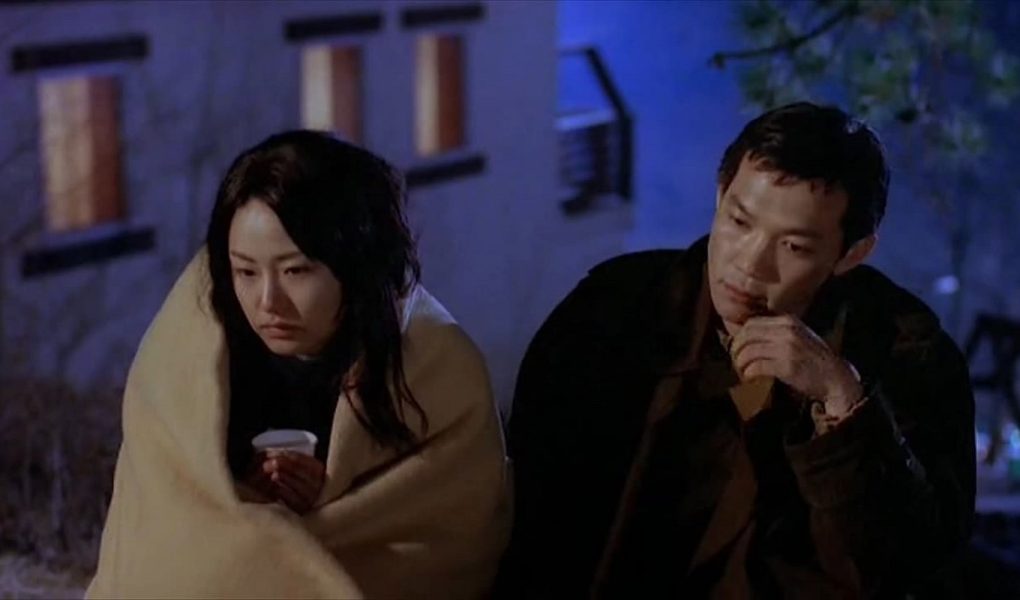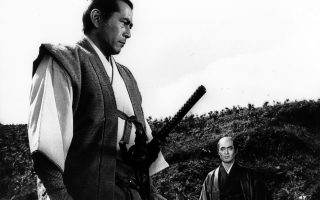marwaarsanios.info – The Ring Virus (1999), directed by Kim Dong-bin, is a South Korean adaptation of the iconic Japanese horror film Ringu (1998), which was based on the novel by Koji Suzuki. This film, while paying homage to the original, offers a unique take on the terrifying story of a cursed videotape that leads its viewers to a horrific death. Known for its chilling atmosphere and eerie visuals, The Ring Virus serves as a bridge between the groundbreaking Japanese horror film and the subsequent global spread of the J-horror wave.
While the premise remains similar to its predecessor, The Ring Virus adds its own cultural and stylistic flourishes, adapting the story for a Korean audience while maintaining the haunting elements that made Ringu a worldwide sensation. The film is often praised for its ability to evoke a sense of dread and suspense, building on the unsettling legacy of its Japanese counterpart while contributing to the growing popularity of Korean horror in the late 1990s.
Plot Overview: The Cursed Tape and the Race Against Time
The Ring Virus follows the core narrative of the original Ringu, with some slight modifications to fit the cultural context of South Korea. The film begins with a journalist, Ji-oh (played by Joo Jin-mo), investigating the mysterious deaths surrounding a cursed videotape. Much like the Japanese version, the tape contains disturbing images, and anyone who watches it is doomed to die seven days later, unless they can unravel the mystery of the curse.
The journalist’s investigation leads him to uncover the origins of the cursed videotape, which is tied to a tragic past involving a young girl named Eun-ju, who was subjected to cruel experiments. As Ji-oh delves deeper into the mystery, he discovers a connection between Eun-ju and a tragic story of betrayal and death, which caused her spirit to become vengeful. The narrative becomes a race against time as Ji-oh and his friends try to uncover the truth behind the curse before they, too, fall victim to its deadly power.
The film builds upon the theme of a haunting legacy, where the past’s unresolved tragedies continue to torment the living. As the characters investigate the curse, they must confront not only the supernatural force at play but also their own fears and regrets. Like Ringu, the terror is rooted in the fear of the unknown, with the cursed videotape acting as both a symbol of death and a tool for the vengeful spirit’s wrath.
Themes: Technology, Trauma, and the Unseen Forces of Fate
One of the central themes of The Ring Virus is the intersection of technology and the supernatural. The cursed videotape in the film represents a modern fear—how technology, which is meant to be a tool for communication and entertainment, can become a conduit for evil forces beyond human comprehension. This theme resonates strongly in a society increasingly dependent on technology, where a simple device like a VHS tape can become an agent of death.
The film also explores themes of trauma, revenge, and the lingering effects of past wrongs. Much like the original Ringu, the curse in The Ring Virus is rooted in a tragic event from the past—specifically the mistreatment of Eun-ju, whose death and suffering have unleashed a malevolent spirit bent on vengeance. The concept of unresolved trauma is a recurring theme in many J-horror and K-horror films, as it suggests that the past is never truly gone and that the supernatural can manifest as a means of addressing injustices that time has failed to erase.
Fate plays a critical role in the story, with characters being helplessly drawn into the curse’s cycle. The cursed videotape serves as a reminder that death is inevitable, and no matter how hard they try to escape, the characters are bound to face their own mortality. The knowledge of an impending death adds an existential layer to the horror, as characters must confront not only the supernatural force but also the inevitability of their own demise.
Cinematic Style: Korean Aesthetic Meets J-Horror
The visual style of The Ring Virus borrows heavily from the original Ringu but adapts it to fit the sensibilities of Korean horror cinema. While Ringu employed a muted color palette and minimalist approach to horror, The Ring Virus incorporates some additional stylistic elements that are unique to Korean filmmaking. The film features a more stylized aesthetic, with greater emphasis on atmospheric tension, visually striking scenes, and a more pronounced use of sound.
The cinematography in The Ring Virus makes extensive use of close-ups and lingering shots, creating a sense of intimacy and vulnerability that heightens the tension. The visuals are often dark and foreboding, using shadows and subtle lighting effects to enhance the feeling of dread. The famous image of the cursed videotape, with its distorted, eerie visuals, is retained but enhanced with Korean filmmaking techniques to further intensify the atmosphere.
The pacing in The Ring Virus is methodical, building tension gradually as the curse’s effects become more apparent. While the film does not rely heavily on jump scares, it effectively uses silence and subtle sound design to create moments of terror. The phone calls, as in the original, serve as a key point of dread, with their eerie ringing often heralding the impending arrival of the cursed spirit.
Cultural Adaptation: Korea’s Take on the Global Phenomenon
While The Ring Virus is an adaptation of Ringu, it also reflects aspects of Korean culture and sensibilities. In particular, the portrayal of familial relationships and the societal emphasis on honor and guilt resonate with Korean audiences. The curse, which is tied to the wrongdoings of the past, mirrors the Korean cultural focus on the need for closure and the resolution of past injustices. In many ways, The Ring Virus is a Koreanized version of Ringu, with the film’s tone and themes reflecting the unique cultural anxieties of South Korea at the time.
The film’s exploration of technology’s role in society also aligns with the rapid technological advancements occurring in Korea during the late 1990s. The fear of technology being used for sinister purposes mirrors societal concerns about the loss of control in a rapidly modernizing world. Just as Ringu used the VHS tape to symbolize technological invasion, The Ring Virus incorporates the same technology to reflect a growing unease with the changing landscape of communication and media.
Legacy and Influence: A South Korean Horror Milestone
The Ring Virus holds a significant place in the history of South Korean horror cinema. While it did not achieve the same level of global success as Ringu or its American remake, The Ring (2002), it is an important part of the evolution of K-horror. The film is part of a broader movement in the late 1990s and early 2000s, during which Korean horror films began to gain international attention for their psychological depth and unsettling atmospheres.
Though The Ring Virus is often seen as a remake rather than an original work, its cultural adaptation and unique stylistic choices set it apart from other versions of the story. It helped to establish the groundwork for later Korean horror films that would go on to influence global cinema, such as The Wailing (2016) and Train to Busan (2016).
The film’s exploration of the curse as a tool of retribution and its haunting, slow-building horror continue to influence films that explore the supernatural and psychological terror. While it may not have been as commercially successful as other horror films of its era, The Ring Virus remains a key piece in the puzzle of the global horror phenomenon that emerged during the turn of the century.
Conclusion: A Haunting and Unique Take on a Classic Tale
The Ring Virus (1999) is a Korean reimagining of the iconic Ringu, offering a unique take on the chilling tale of a cursed videotape that predicts death. With its eerie atmosphere, psychological depth, and cultural adaptations, the film stands as a significant contribution to the J-horror and K-horror genres. It explores themes of technology, trauma, and fate, while also reflecting the anxieties of a society grappling with rapid technological advancement.
While The Ring Virus may not have achieved the same level of global recognition as its Japanese predecessor, it remains an important and unsettling piece of horror cinema. Its impact can still be felt in modern horror films that explore similar themes of curses, fate, and the supernatural. For fans of both J-horror and K-horror, The Ring Virus offers a chilling experience that both honors and reinterprets the legacy of one of horror’s most terrifying stories.




